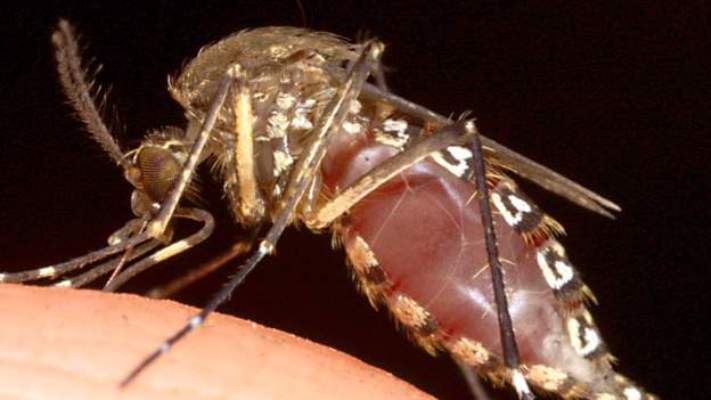Tourism sector players are concerned that the suspension of domestic tourism by the government Is slowing down the rate of recovery recorded in the period August 2020 to March 2021.
Records for activities up to March 2021 show that overall tourist bookings tripled by the first quarter of 2021 from 27,542 bookings at the end of August 2020 to 83,464 by end March.
Foreign tourist bookings increased faster; growing fourfold between, while domestic tourist bookings tripled over the same period.
Bookings registered by Airlines and Accommodation facilities doubled while hotel occupancy rates increased to an average of 31% down from 20.1% at the end of the year 2020.
The highest recovery of business was by tour operators who recorded a growth of eleven times in bookings between August last year to March 2021. These have been supported by the revival of the aviation industry, with weekly flights within or to and out of Uganda increasing four times by end of March 2021 11 flights in 2021. The number of foreign non-residents visiting parks also increase from 3,577 visitors to 7,318 visitors.
The tourism industry, before Covid-19, was one of the most stable and growing steadily, having grown almost three times in foreign exchange earnings in the decade ended 2019.Uganda Tourism Board, UTB, says that in that period, tourist arrivals grew by 82.7% from 844,000 in 2008/09 when it was founded, to 1,542,620 at the end of the calendar year 2019.
It also became the biggest foreign exchange earner, tripling to US$1.6 billion a year, before a surge in gold export, according to the Bank of Uganda statistics.This was approximately 7.7% GDP and created directly 536,600 direct jobs.
This was swept away by the outbreak of the pandemic and by June 2020, hotel occupancy rates had dropped from an average of 58% to as low as 5% with over 75% of hotel bookings (448,996) cancelled.
Official statistics show that this caused a direct loss of USD 320.8 million (Ushs1.19 Trillion). During the year, foreign exchange earnings dropped by 73% to US$0.5 billion, as the number of foreign visitors dropped by 69.3% to 473,085.UTB says the number of jobs dropped by more than two thirds to about 160,980 jobs.
To support the sector and to help it recover, the government introduced some measures including standard operating procedures, to guide the re-opening of business.
These involved phased reopening and controlling the numbers visiting protected areas, and sanitising visitors and vehicles, among others.
Upcountry accommodation facilities and Kampala based hotels were exempted from VAT up to 30th June 2021, while through Uganda Development Bank, the Government extended credit to tourism enterprises at interest half the available market rates.
UTB says it also intensified promotional campaigns aimed at attracting tourists from both domestic and international markets.
“Tourism promotion drives like “Take on the pearl” and “Pearl of Africa Virtual Expo”, branding of international sportsmen, all aimed at attracting tourists, have been implemented,” says Lillian Ajarova, the Chief Executive, UTB.
Other initiatives taken by the government through the Uganda Tourism Board include; engaging Market Destination Representatives in key source markets such as UK and Ireland, Germany, Austria and Switzerland as well as emerging markets in the Gulf States, Japan and China.
According to UTB, coupled with airport reopening and the fall positive cases, these measures sparked recovery in the sector. These growth trends however, are likely to be halted by the current wave of the pandemic, with new lockdown measures in place restricting movement of persons.
The initial measures against the new wave had left tourism open, but a review led to closure of domestic tourism, after consultations with private sector tourism associations.
According to the Association of Uganda Tour Operators, AUTO, it will take long to recover to the previous industry figures.
“It is good that the sector has been reopened though with restrictions on numbers. The arrivals are still few and new waves in our foreign tourism markets are affecting the stability. However, we are hoping that domestic tourism reopens soon because it had started growing fast,” says AUTO Vice President Herbert Byaruhanga.
The COVID-19 National Task Force allowed International tourism because it is easy to monitor and enforce negative PCR tests at the point of entry into the country, and as such easy to control movement to parks. “Given the anticipated challenges in enforcing compliance of the required PCR tests, it was decided the question of domestic tourists first be put on hold as ways are explored to manage the numbers of Ugandans traveling for tourism purposes,” says Ajarova.
Statistics from Uganda Civil Aviation Authority show that international arrivals between May and June reduced by just 16.6% to 29,209 passengers from 35,012 passengers.
“Our stakeholders in the private sector and the Uganda Wildlife Authority (UWA) indicate there is a steady flow of tourists- going to see the gorillas, visiting national parks and climbing Mt. Rwenzori,” added Ajarova.
As expected the numbers of tourists in the different segments have remained low compared to what was recorded in the year 2019, or before the outbreak.
In the first quarter of the first lockdown, (April to June), international arrivals dropped drastically as international borders were closed to non-essential travel.
And in June, only 326 passengers arrived, before Entebbe International Airport was reopened on Oct 1, 2020, after which numbers surged to 23,921 that month.
“Thankfully, unlike in the first lockdown when the airport was totally shutdown and numbers ground to a halt- this time, numbers are holding steady- with a slight hitch, evidence the sector can be regardless of a hostile environment,” says Ajarova.
The sector is relying on the expected decline in the number of covid 19 cases, which should lead to the easing of the lockdown which is about halfway gone.“We are very optimistic. We know that the number of new cases peaked about 4 weeks ago. Both the deaths and positivity rates have come down significantly- which is a good indication that this latest wave is being brought under control,” says Ajarova.





